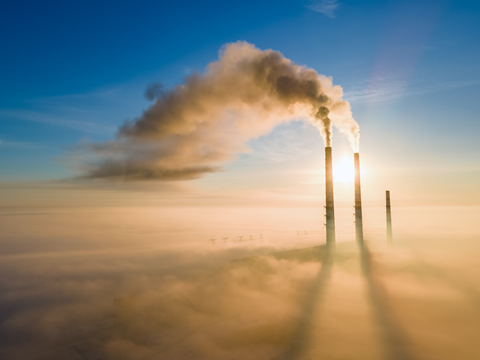
Fortum Recycling & Waste says it has converted CO2 emissions from waste incineration into biodegradable plastic in a bid to utilize and reduce industrial carbon dioxide emissions.
Among other applications, food and cosmetics packaging utilizes ‘lightweight, durable, and easily modifiable’ plastics – yet almost 100 million tons of non-recyclable waste is believed to be generated, incinerated, and utilized in energy production every year.
In response, Fortum’s Carbon2x programme piloted carbon capture and utilization (CCU) in 2022. While existing carbon capture development projects largely focus on carbon capture and storage (CCS) or synthetic fuel production, Carbon2x intends to capture carbon dioxide emissions from the incineration of non-recyclable waste and turn them into sustainability-minded products.
CO2-based plastics are thought to offer the same properties as fossil-based virgin plastics while closing the carbon cycle due to their recyclability. Even if they escape the waste stream and end up in nature, they are designed to break down without leaving harmful microplastics behind.
Additionally, they complement existing recycled and biobased plastics, according to Fortum.
Tony Rehn, head of the Carbon2x programme, claims that its innovation could capture up to 90% of the CO2 emissions released from waste incineration and bound into products. It is envisioned to benefit not only the packaging industry, but sectors such as toys and home electronics.
At its current rate of development, Rehn estimates that the industrial production of biodegradable plastic from CO2 emissions could begin at the end of the decade, with the “plastics born from CO2” brand set to be introduced to the European market next month.
“I am very proud that our team is the first in the world to successfully produce biodegradable plastic entirely from carbon dioxide emissions,” says Rehn. “This breakthrough is a significant step towards more sustainable plastic production. This kind of development work helps to reduce dependence on fossil-based raw materials and can create new circular economy-based business.”
“Captured carbon dioxide should be utilized as a new raw material instead of storing it underground or releasing it into the atmosphere when using fuel. Utilizing captured CO2 is a much more sustainable option in terms of tackling resource scarcity in the future.
“Whereas carbon capture and storage is a linear solution that does not address the growing material shortage, carbon capture and utilization promotes circular economy.
“We want to promote the circulation of materials comprehensively. We believe that a whole new category of sustainable plastics is emerging from products such as ours, even though the mechanical recycling of plastics is still needed.”
In a previous development, Plastipak used LanzaTech’s carbon capture technology to produce what it claimed to be the ‘world’s first’ PET resin made from captured carbon emissions. Alongside other applications, the resultant material was planned for use in pharmaceutical- and food-grade packaging.
Coca-Cola Europacific Partners’ innovation investment arm, CCEP Ventures, funded research from the Universitat Rovira i Virgili and the University of Twente into the conversion of captured carbon emissions into packaging materials via carbon capture technology. It was hoped that the R&D projects resulting from CCEP’s funding would develop new carbon capture technology that could be applied on-site.
If you liked this story, you might also enjoy:
The ultimate guide to the Packaging and Packaging Waste Regulation in 2024
How are the top brands progressing on packaging sustainability?
Sustainable Innovation Report 2024: Current trends and future priorities
Everything you need to know about global plastic sustainability regulation












No comments yet